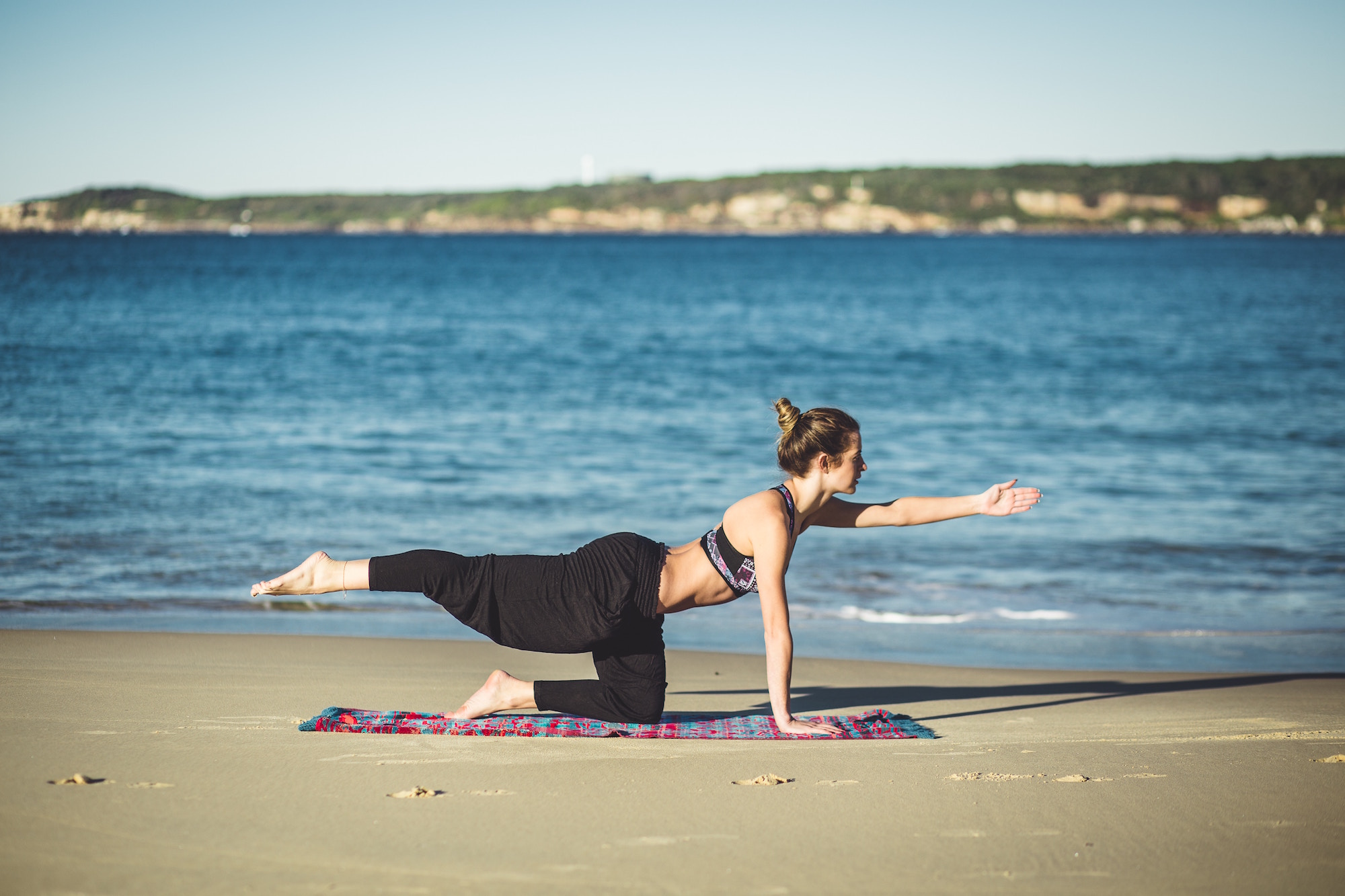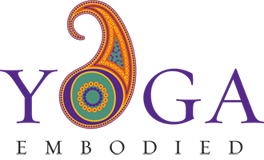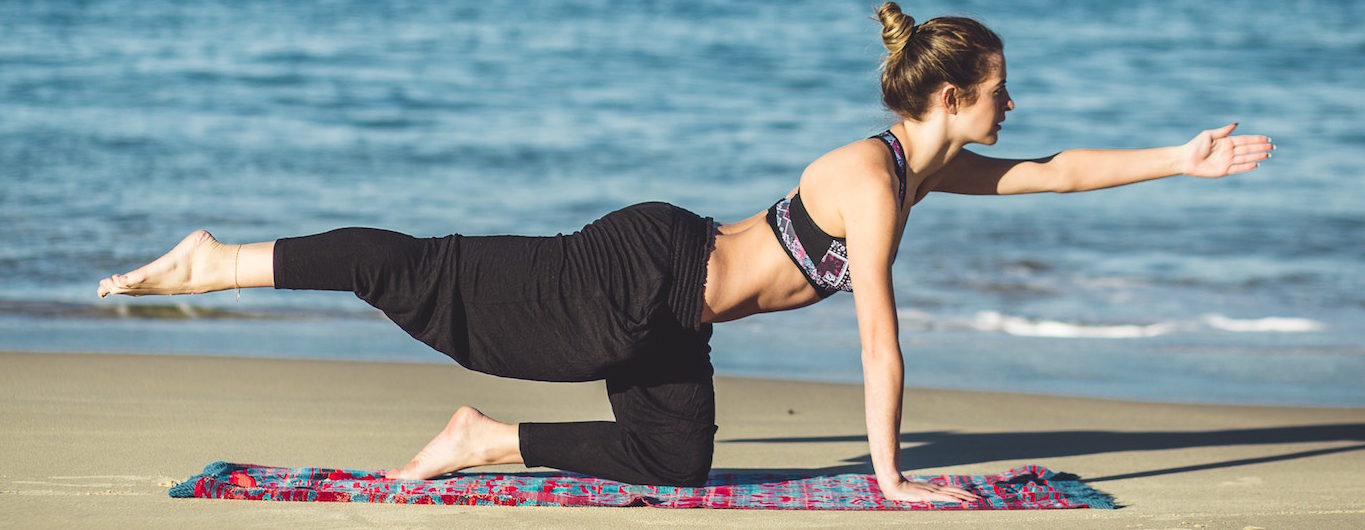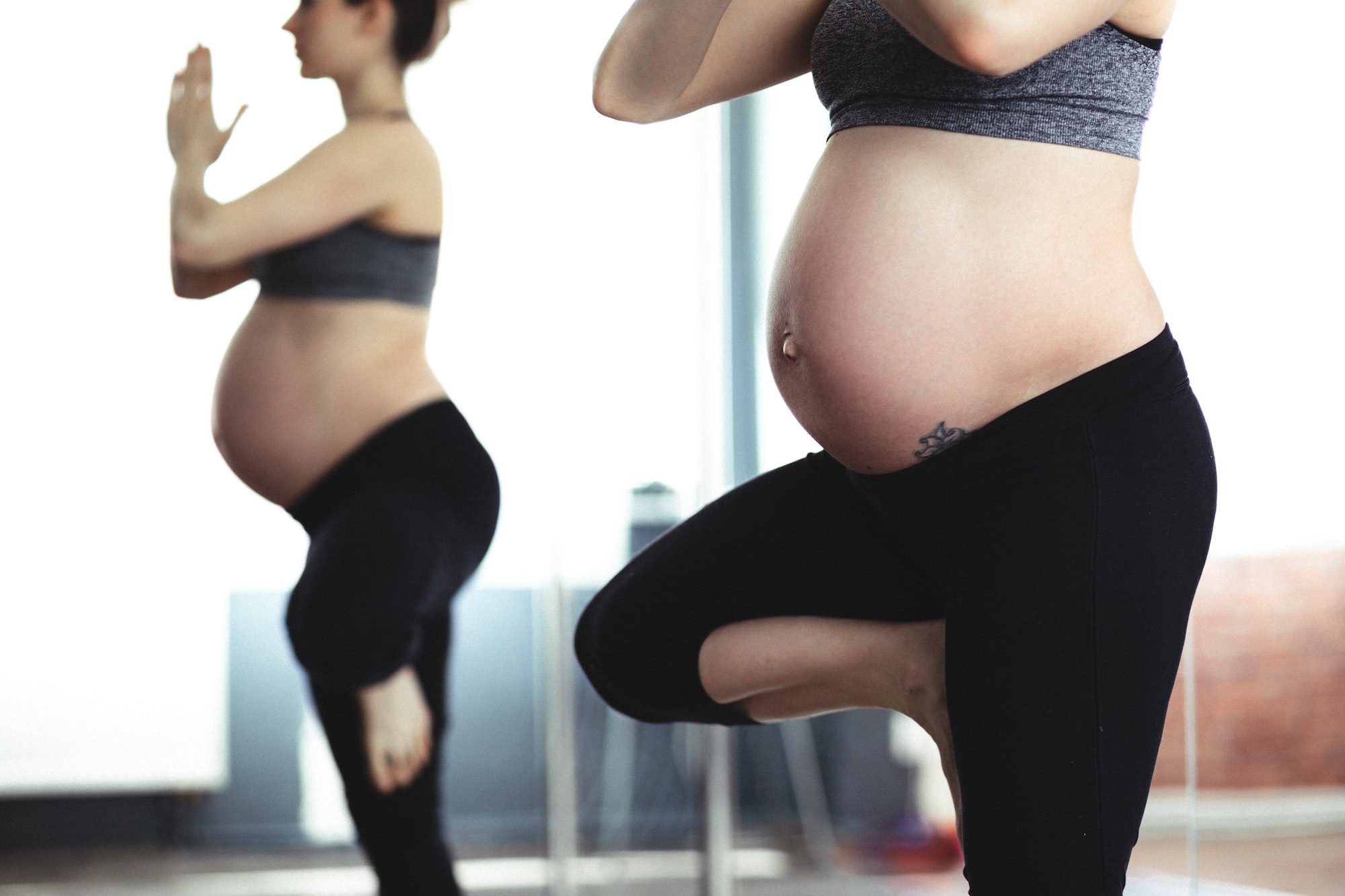Experiencing Diastasis Recti (also known as abdominal separation) is not uncommon during or after pregnancy. It can, but rarely, occur on other occasions. When our abdomen experiences internal pressure and expansion the muscles, skin and ligaments will stretch to accommodate the expansion.
In pregnancy, our uterus expands as our baby/babies grow and the rest of our body will also adjust. This is how it should be. In fact, during pregnancy, we have higher levels of the hormone relaxin which makes the ligaments more “stretchy” than usual. This is why we need to modify our exercise during pregnancy and postpartum. I have some online videos to support you during this time in the Pregnancy Online course.
Diastasis recti is when the ligament between the right and left side of the rectus abdominus stretch more than about 3 fingers wide. We all have this line between the two sides of our abdomen. It is referred to as the linea alba.
It is easy to spot when someone has strong abdominals or a six-pack like this guy:
The line in the middle is the linea alba (from sternum to navel continuing down to the pubic bones). In him, it is perfectly proportional. You are welcome…
How do you diagnose for Diastasis Recti?
- If you could place your fingers side by side there shouldn’t really be much more than a two finger wide gap at the linea alba (or 2,7cm). It is worth checking just above the navel and below.
- How to check for Diastasis Recti or abdominal separation:
- Lie on the floor, rug or yoga mat
- Bend the knees towards the ceiling hip distance apart and have the feet flat on the floor
- Have a neutral natural spine
- Now lift your head and top of the shoulders just off the floor. Like a mini crunch
- Trace your linea alba from the sternum, chest bone, to the pubic bones
Postnatal belly and baby-pooch
If you have recently given birth you are likely to have a much wider gap. So keep testing and tracking your progress. It takes time to heal postpartum and you still carry high levels of relaxin as long as you breastfeed. You may still have a baby-pooch but there are ways to gently and effectively reduce it and recover. Working on the pelvic floor muscles and deep core is the best way to heal abdominal separation or Diastasis Recti. This is something we explore in the Sacred Pelvis course in detail.
Strong abdomens in pregnancy
In pregnancy, you can still check for Diastasis Recti. You might actually see this gap when you try to use the abdominal muscles to sit up from lying down or reclining. If you have ever done this and seen a “tent” shape popping out of our belly this is it. And it is happening because you are adding extra internal pressure by activating the abdominal muscles to sit up.
How to avoid Diastasis Recti and abdominal separation
Whether you are currently pregnant, a new mum, given birth 8 years ago, longer or never there are ways to avoid overstretching the linea alba.
Prevent Diastasis Recti when exercising
- Do not overstretch the abdomen + stability before flexibility – that’s the fundamental mantras!
- When doing a backbend such as camel pose, ustrasana, or even cat/cow think of stability before flexibility. First, find your neutral spine. Then create length and extension. And then finally lift into the modified backbend.
- Modify your twists. When twisting you are essentially stretching your linea alba. The pubic bone and the sternum moves in opposite directions. When pregnant or in postpartum recovery modify this stretch by thinking of navel pointing forward (or same direction as the legs/feet) and the heart and thoracic spines twists.
- Watch your posture. Especially when exercising. Watch your posture also include when you are lifting your shopping, hoovering, carrying your baby, pushing the buggy, holding a heavy bag… Find a neutral posture with a natural spine and to support your posture keep some tone/engagement in the pelvic floor. Make sure you are also supporting with your back muscles, thighs and buttocks.
- No stomach crunches or sit-ups when you have Diastasis Recti and abdominal separation. This will simply create more internal pressure pushing into the linea alba. There are other ways to strengthen and support the core and abdominals even in pregnancy.
Healing Diastasis Recti and abdominal separation
- Keep a good posture and breathe properly. Breathing properly will connect your diaphragm with your pelvic floor and strengthen both which in turn will support your posture and internal organs too. It’s the natural and relaxed deep slow breath. Expansiveness on the inhale and tone/engagement on the exhale.
- Once you have the “proper” breath connection then start to engage and relax your pelvic floor with the breath – like a Kegel. There are many ways to do this. I teach several variations on the Sacred Pelvis online course.
- Engage with the exhale and learning to release on the exhale is the basic breath. This one you can go a little deeper with. Start to also engage deep abdominals.
- The best and easiest way is to lie on the floor. Bending the knees hip distance apart with the feet flat on the floor. When you engage the breath and exaggerate it you can even feel the pelvis tilting slightly.
- Another way is to stand with the back resting against the wall. Have the feet slightly away from the wall bending the knees. This variation works like the one above and is excellent in pregnancy when you might not want to lie on your back.
- This breath is like a Kegel exercise. But you also need to work with the pelvic floor in other ways. Like quick release and relax movements, holding the engagement whilst breathing.
- Relaxing the pelvic floor to avoid pelvic floor problems. We also need to practise the relaxation of the pelvic floor. I like the exhale and softening on the exhale too. This is another practise we go into in the Sacred pelvis online course and one I teach on the Pregnancy Online course.
- Hands and knees poses are always great. Simple yet effective. Keeping the back long and hugging into the core or if pregnancy “hugging your baby”.

- Breathe. I am back to the breath again because it’s so important. Bring your hands to your lower ribs or alternatively wrap a yoga belt or a scarf around. Now exaggerate the exhale again and engage the deep core. Feel the lower ribs drawing in supporting your posture. Remember the expansive inhale.
Keep checking your progression and if needed do ask for a checkup or referral to a physiotherapist. If you are pregnant and want to exercise to accommodate your pregnancy have a look at my online Pregnancy Yoga course. Here we look at safe ways to practise, work on the pelvic floor and stability and strength. And you have some postnatal yoga practices for after birth.




